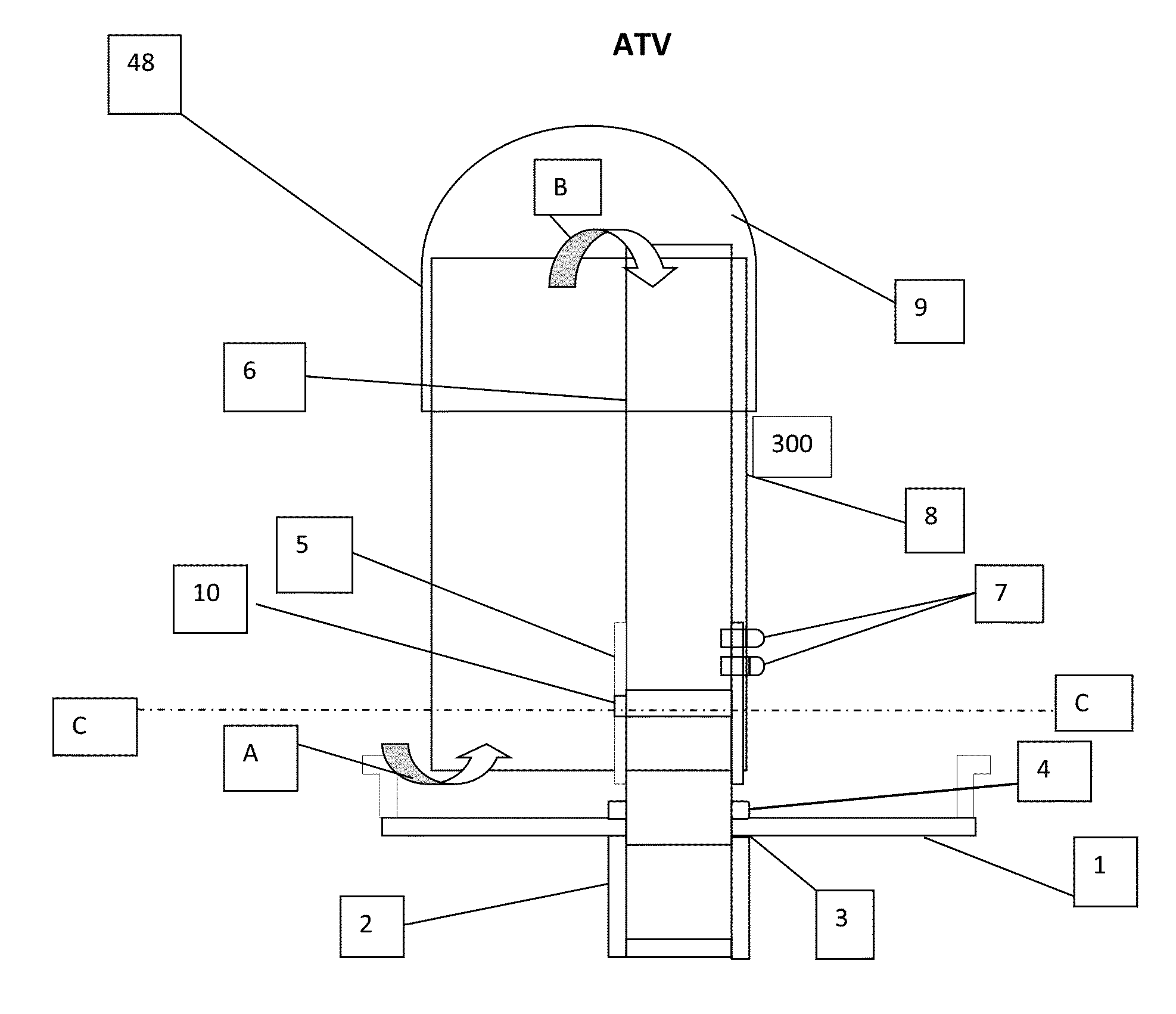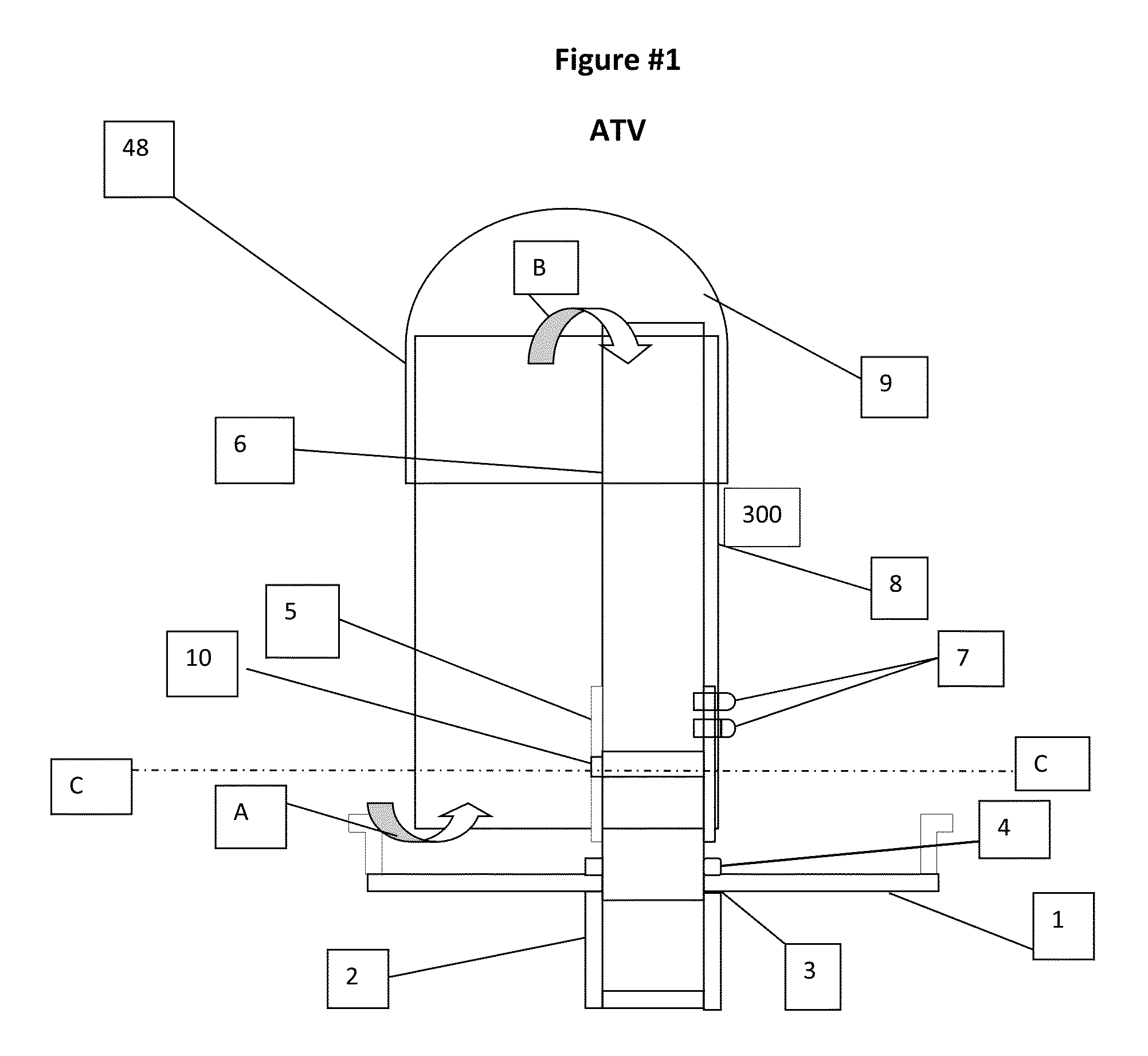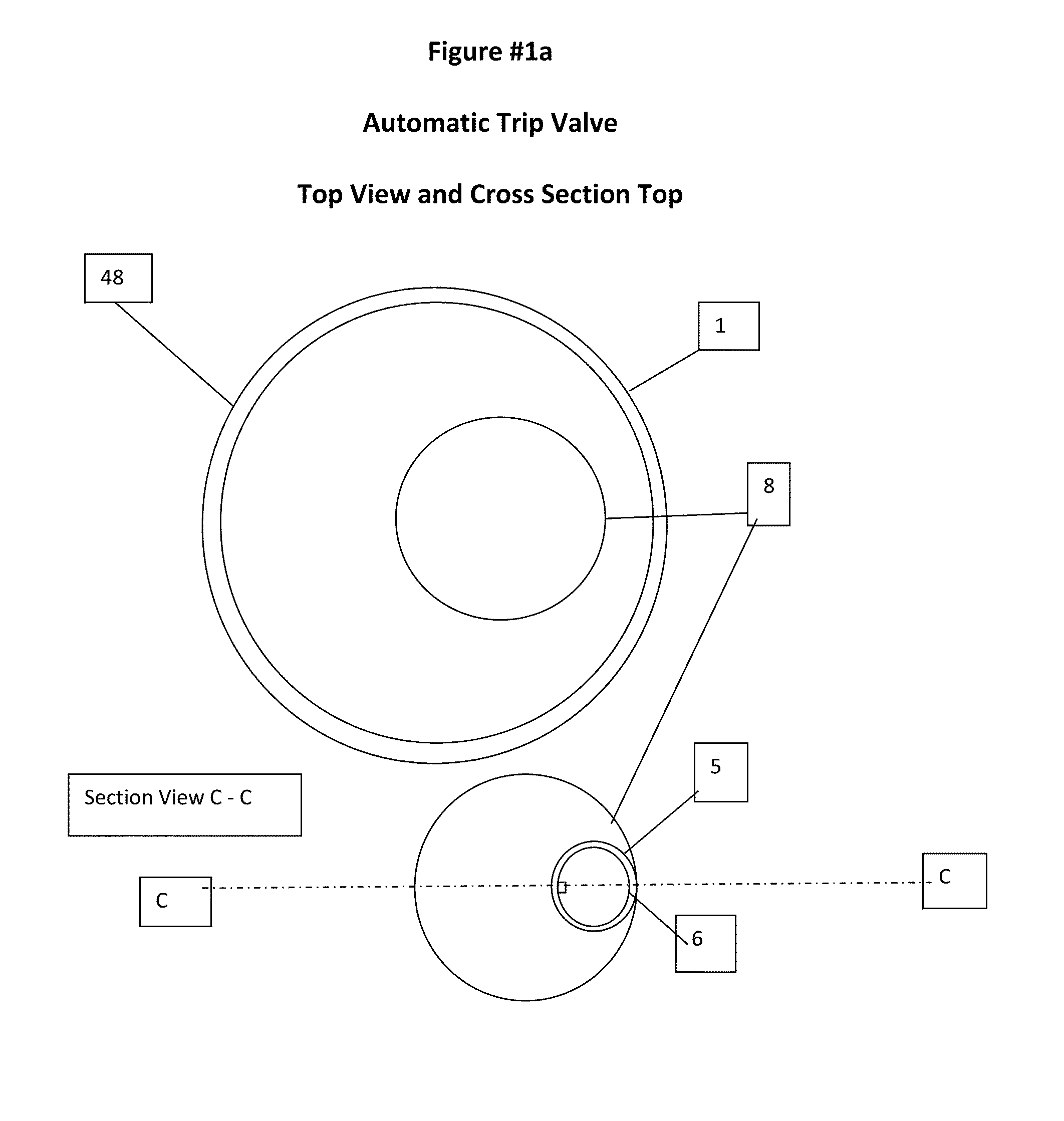Modular Aquaponics System
a modular, aquaponic technology, applied in pisciculture and aquaria, self-acting watering devices, agriculture gas emission reduction, etc., can solve the problems of affecting the environment, affecting the health of the environment, and many parts of the world facing severe food shortages, so as to improve the design of the grow tray and improve the effect of removing waste and ensuring health
- Summary
- Abstract
- Description
- Claims
- Application Information
AI Technical Summary
Benefits of technology
Problems solved by technology
Method used
Image
Examples
Embodiment Construction
A. Overview
[0033]The Modular Aquaponics System of the present invention is comprised of three major components. As shown in FIGS. 4 and 7, these are: 1) a fish tank 46, 2) a plant grow tray 600, and 3) a water clarifier 300 for removing solid fish waste. These components are injection molded, roto-molded, fabricated from stock on site or combined with other materials which can be made waterproof. The fish tank 46 has a Calibrated Air Displacement (“CAD”) pump 47 to transfer fish waste and nutrient-rich water from the fish tank 46 to the clarifier 300. Solid fish waste settles in the clarifier 300; the nutrient-rich, clarified water travels out of the clarifier 300 via an overflow pipe 38 into a spreader 94 which evenly disperses the nutrient-rich water into the grow tray 600. Plants 401 in the grow tray 600 take up nitrogenous nutrients from the water. Cleaner water is therefore returned to the fish tank 46 by the action of a self-siphoning Automatic Trip Valve (“ATV”) assembly 48. ...
PUM
 Login to View More
Login to View More Abstract
Description
Claims
Application Information
 Login to View More
Login to View More - R&D
- Intellectual Property
- Life Sciences
- Materials
- Tech Scout
- Unparalleled Data Quality
- Higher Quality Content
- 60% Fewer Hallucinations
Browse by: Latest US Patents, China's latest patents, Technical Efficacy Thesaurus, Application Domain, Technology Topic, Popular Technical Reports.
© 2025 PatSnap. All rights reserved.Legal|Privacy policy|Modern Slavery Act Transparency Statement|Sitemap|About US| Contact US: help@patsnap.com



